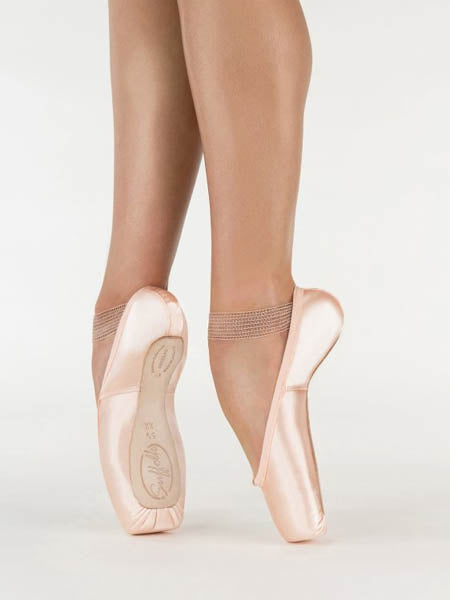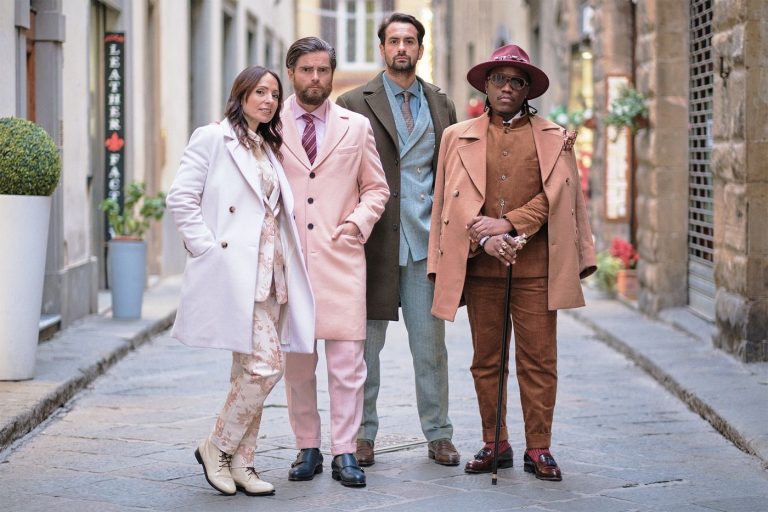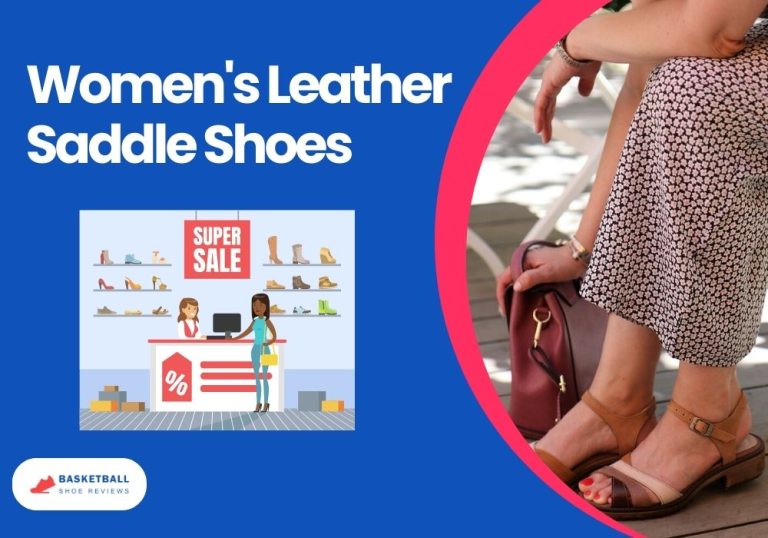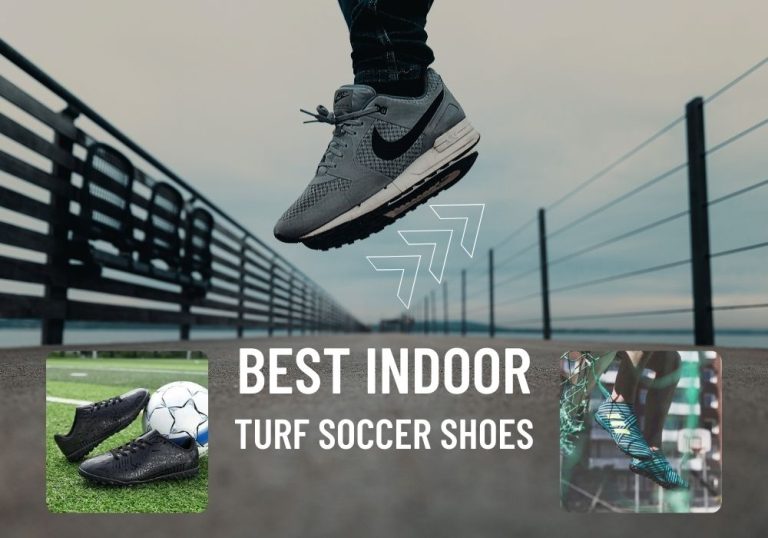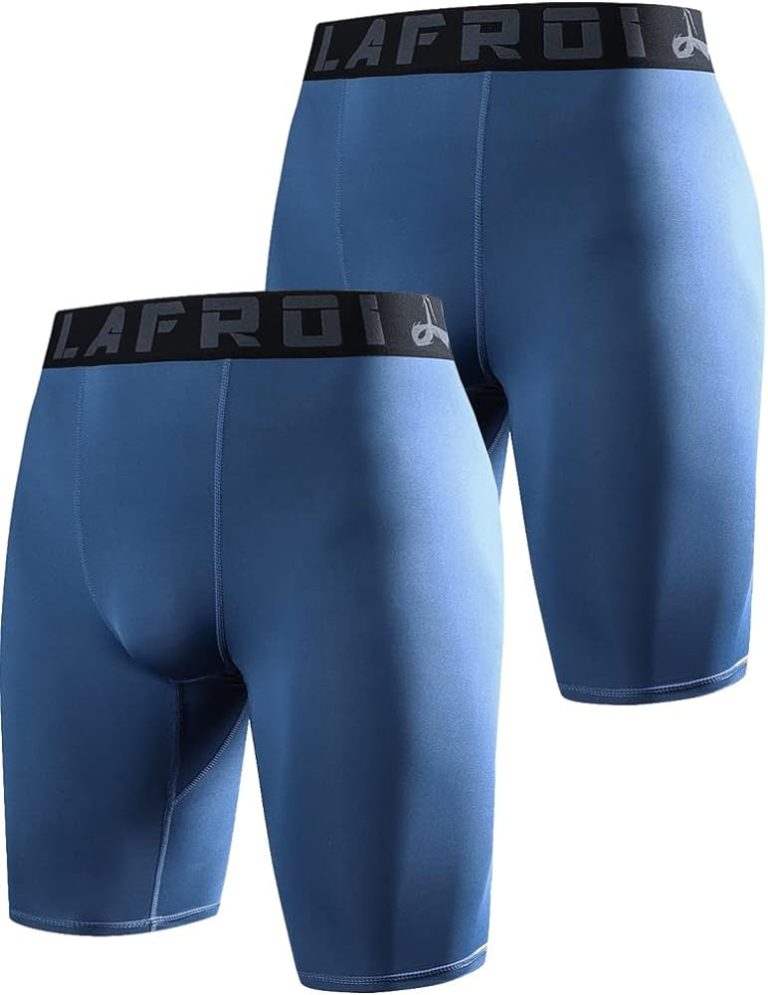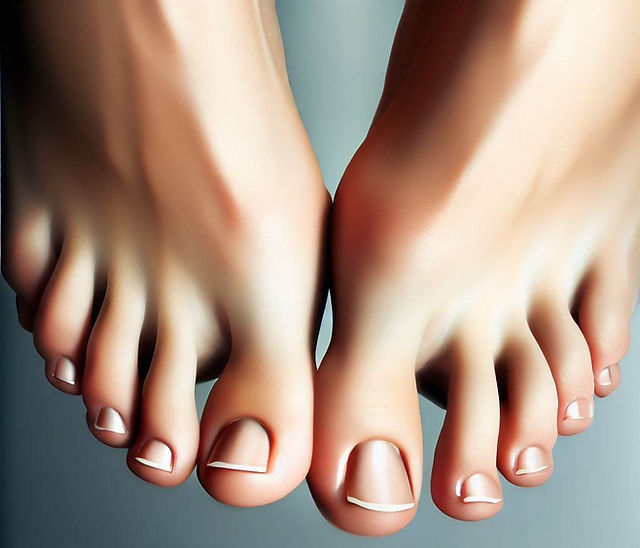The ultimate guide to choosing your roofing shoes
The best roofing shoes are those made with leather or rubber to protect the feet from moisture and ensure hours of comfortable and safe wear. These shoes also have protective toe caps made of steel or composite materials, adding an extra level of safety.
A recommended option is the Rockport “Kingstin” Work Shoe, which features a comfortable nylon mesh insole, shock-absorbing heel pad and footbed, and a slip-resistant outsole. These shoes are water-resistant and ideal for roofers. When walking on a roof, it is important to wear rubber-soled shoes with a good tread pattern to improve traction and maintain a low center of gravity to avoid slipping or falling.
Factors To Consider When Choosing Roofing Shoes
When it comes to roofing, having the right shoes is crucial for comfort, safety, and efficiency. Roofing jobs require workers to navigate uneven surfaces, deal with various weather conditions, and prioritize stability. To ensure you choose the best shoes for your roofing needs, consider the following factors:
Comfort
Roofing requires long hours on your feet, so comfort is essential. Look for shoes with adequate cushioning and support to minimize fatigue and prevent foot pain. Prioritize shoes that offer a comfortable fit without sacrificing functionality.
Cushioning And Support
Adequate cushioning and support are vital to endure the physical demands of roofing. Look for shoes that have built-in cushioning and support features, such as padded insoles, shock-absorbing midsoles, and arch support. These features help reduce strain and protect your feet from impact with each step.
Arch Support
Proper arch support is essential for roofers, as it helps distribute weight evenly across the entire foot. Look for shoes with arch support to ensure stability and prevent foot fatigue.
Breathability
Roofing jobs often involve working in hot weather conditions, making breathability a crucial factor. Look for shoes made from breathable materials that allow air circulation and wick away moisture. This feature helps keep your feet dry and comfortable throughout the day.
Fit
The right fit is essential for ensuring comfort and safety on the roof. Choose shoes that fit properly and provide a secure grip without feeling too tight or loose. Consider trying on different sizes and styles to find the perfect fit for your feet.
Safety Features
Roofing can be a hazardous job, so choosing shoes with specific safety features is crucial. Look for shoes with slip-resistant soles, reinforced toe protection, and sturdy construction. These features provide traction, protection, and stability, reducing the risk of accidents and injuries.
Slip Resistance
Slip-resistant shoes are a must for roofing jobs, as they provide excellent traction on various surfaces. Look for shoes with rubber or non-slip outsoles that offer a firm grip, even on wet or slippery surfaces.
Toe Protection
Roofing involves working with heavy materials and tools that can cause injuries to the toes. Choose shoes with reinforced toe caps made of steel or composite materials to protect your feet from falling objects.
Sole Construction
The sole construction of roofing shoes plays a crucial role in providing stability and longevity. Opt for shoes with durable, well-constructed soles that can withstand the demands of roofing work. Look for features like Goodyear welt or cement construction, which ensure durability and resistance to wear and tear.
Durability
Roofing shoes need to be durable enough to withstand the harsh conditions of the job. Look for shoes made from high-quality materials that are designed to withstand frequent use, abrasion, and exposure to various weather conditions.
Material Quality
The quality of materials used in roofing shoes can greatly impact their overall performance. Look for shoes made from high-quality leather or rubber that provide excellent water resistance and durability. Sturdy materials ensure your shoes can withstand the demands of the job and last for an extended period.
Waterproofing
Roofing often involves working in wet conditions, so waterproofing is a vital feature to consider. Look for shoes with waterproof membranes or treated materials that prevent water from seeping in. This feature helps keep your feet dry and comfortable throughout the day.
Reinforced Stitching
Roofing shoes undergo considerable stress during the job, so reinforced stitching is crucial. Look for shoes with double or triple stitching, as this provides added durability and prevents seam failure. Strong stitching ensures your shoes can withstand the demands of the job without falling apart.
Overall, when choosing roofing shoes, prioritize comfort, cushioning, support, breathability, fit, safety features, slip resistance, toe protection, sole construction, durability, material quality, waterproofing, and reinforced stitching. By considering these factors, you can select the best shoes for your roofing needs and ensure a comfortable, safe, and efficient work experience.
Types Of Roofing Shoes
Leather Roofing Shoes
Leather roofing shoes are a popular choice among roofers due to their durability and protection against moisture. The benefits of leather roofing shoes include:
- Excellent moisture resistance, keeping the feet dry
- Durable construction, ideal for long-lasting wear
- Protective toe caps for enhanced safety
However, there are drawbacks to consider when using leather roofing shoes:
- Leather shoes tend to be heavier than other types of roofing shoes
- They may require more maintenance compared to other materials
- Leather can be less resistant to certain chemicals or harsh weather conditions
Rubber Roofing Shoes
Rubber roofing shoes are another popular option, known for their moisture resistance and comfort. The benefits of using rubber roofing shoes are:
- Excellent waterproof properties, keeping the feet dry in wet working conditions
- Lightweight construction, providing greater flexibility and agility
- Good traction, reducing the risk of slips and falls on slippery surfaces
However, there are a few drawbacks to consider when using rubber roofing shoes:
- Rubber shoes may not provide as much breathability as other materials
- They may wear down more quickly over time, requiring replacement sooner
- Some rubber shoes may have a strong odor, especially when new
Composite Roofing Shoes
Composite roofing shoes are gaining popularity in the industry due to their lightweight construction and protective features. The benefits of using composite roofing shoes include:
- Lightweight design, reducing strain and fatigue on the feet
- Excellent protection against impacts and punctures
- Electrically non-conductive, providing added safety when working around electrical hazards
However, there are a few drawbacks to consider when using composite roofing shoes:
- Composite shoes tend to be more expensive compared to other materials
- They may not provide as much insulation against extreme temperatures
- Composite materials may not be as durable as other options
In conclusion, the choice of roofing shoes depends on individual preferences and specific job requirements. Leather roofing shoes offer durability and moisture resistance, while rubber roofing shoes provide excellent waterproof properties and comfort. Composite roofing shoes offer lightweight construction and protective features. Each type of roofing shoe has its own benefits and drawbacks, so it’s important to consider these factors before making a decision.
Top Brands For Roofing Shoes
When it comes to roofing, having the right footwear is crucial for safety and comfort. Roofing shoes are specially designed to provide excellent traction, durability, and protection against moisture. In this section, we will discuss the top brands for roofing shoes, highlighting their features and benefits and customer reviews.
Brand 1
Features And Benefits
Brand 1 offers a wide range of roofing shoes that are perfect for professionals and DIY enthusiasts alike. These shoes are made with high-quality materials such as leather and rubber, ensuring durability and moisture resistance. The protective toe caps, made of steel or composite materials, provide an additional layer of safety.
Customer Reviews
- “I’ve been using Brand 1 roofing shoes for years, and they never disappoint. They are extremely comfortable, provide great traction, and keep my feet dry even in the rain.” – John M.
- “I couldn’t be happier with my purchase of Brand 1 roofing shoes. They are lightweight, durable, and have excellent grip on all surfaces. Highly recommended!” – Sarah D.
Brand 2
Features And Benefits
Brand 2 is known for its innovative design and cutting-edge technology. Their roofing shoes are engineered to provide maximum comfort and stability. The slip-resistant outsole and shock-absorbing heel pad ensure safety and reduce fatigue during long hours on the roof.
Customer Reviews
- “I’m amazed by the quality and performance of Brand 2 roofing shoes. They offer unmatched support, and I feel confident and secure while working on steep roofs.” – Michael S.
- “Brand 2 roofing shoes are worth every penny! They provide excellent traction, and the cushioned insole makes them incredibly comfortable. I won’t use any other brand.” – Emily W.
Brand 3
Features And Benefits
Brand 3 is a trusted name in the roofing industry, known for their durability and craftsmanship. Their roofing shoes are made to withstand the toughest conditions. With a focus on comfort and safety, these shoes offer superior grip, moisture protection, and reinforced toe caps.
Customer Reviews
- “I’ve been using Brand 3 roofing shoes for a while now, and they have never let me down. They are rugged, comfortable, and provide excellent traction on all roof surfaces.” – David R.
- “Brand 3 roofing shoes are the best investment I’ve made for my roofing business. They are extremely durable and offer great support, even on slippery roofs. I highly recommend them to all roofers.” – Jennifer L.
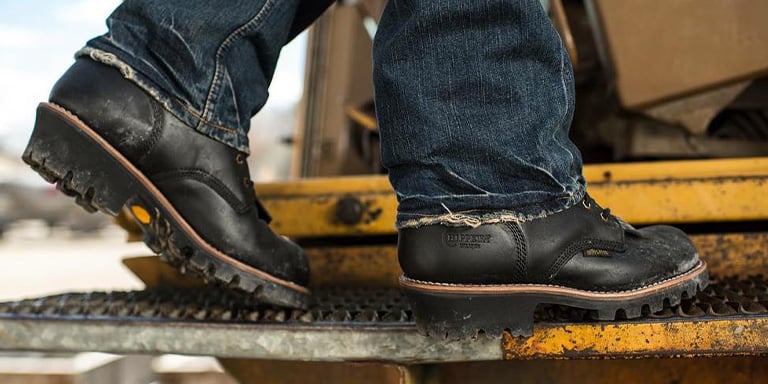
Credit: workboots.com
Proper Care And Maintenance Of Roofing Shoes
Cleaning Instructions
Proper care and maintenance of your roofing shoes are essential for their longevity and performance. One crucial aspect of this care routine is regular cleaning. Cleaning your shoes not only helps to remove dirt and debris but also prevents the accumulation of harmful substances that can degrade the shoe materials over time.
Removing Dirt And Debris
Start by removing any loose dirt and debris from your roofing shoes. You can do this by gently tapping the soles together or using a brush to scrub off stubborn dirt. Avoid using excessive force, as it may damage the shoe material or compromise the traction of the sole.
Treating Stains
If your roofing shoes have stains, it’s crucial to address them promptly. For non-leather shoes, you can create a solution of mild soap and warm water. Use a clean cloth or sponge to gently scrub the stained area. Rinse with clean water and allow the shoes to air dry. For leather shoes, it’s best to use a specialized leather cleaner following the manufacturer’s instructions.
Storage Tips
Proper storage plays a significant role in maintaining the shape and condition of your roofing shoes. When not in use, store them in a cool, dry place away from direct sunlight. Avoid piling heavy objects on top of them, as this can deform the shoe structure. It’s also a good idea to keep them in a shoe bag or box to protect them from dust and other contaminants.
Sole Replacement
Over time, the soles of your roofing shoes will wear down due to constant use. When you notice decreased traction or visible signs of wear, it’s time to consider sole replacement. Consult with a professional cobbler or contact the shoe manufacturer for guidance on finding suitable replacement soles
Regular Inspections
Regularly inspect your roofing shoes for any signs of damage or wear. Check the soles, seams, and laces for any issues. Promptly address any problems to prevent further damage and ensure the continued safety of your feet while working on roofs. It’s an excellent practice to inspect your shoes before and after each use.
Conclusion
Finding the best shoes for roofing is crucial for the safety and comfort of roofers. Roofing shoes made with leather or rubber materials provide protection against moisture and keep feet dry. Additionally, shoes with protective toe caps made of steel or composite materials offer an extra level of safety.
Whether it’s slip-on Oxford-style shoes like the Rockport “Kingstin” Work Shoe or boots designed for professional work, choosing the right roofing shoes is essential for a successful roofing job. With the right shoes, roofers can ensure a safe and comfortable experience while working on roofs.


